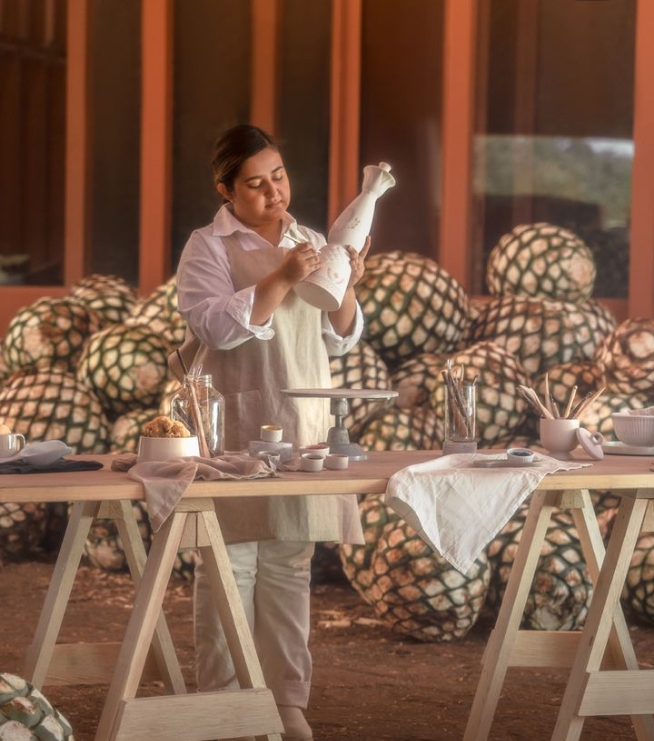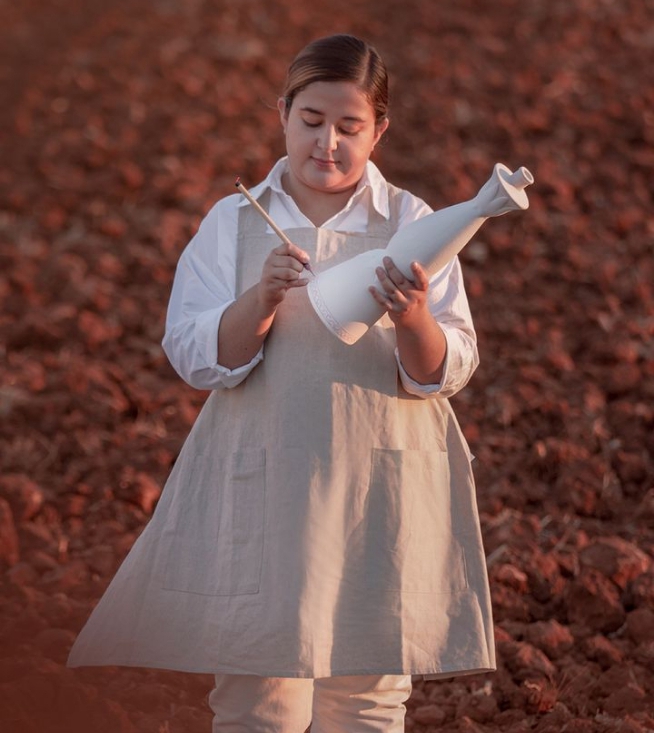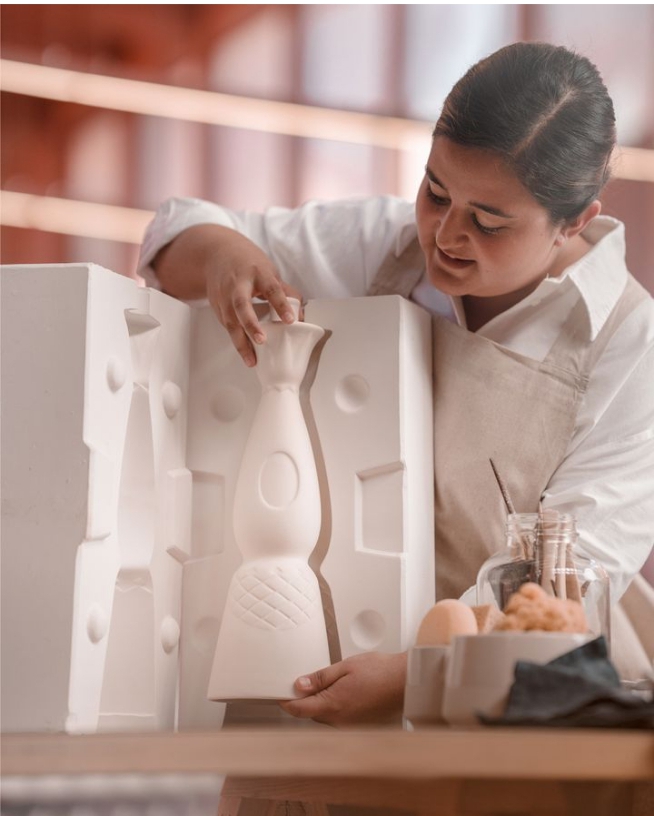Till Date, many have continued to wonder where Nigerians actually get their own numerous bottles of Clase Azul when only 100 of it are made yearly…

Well, it’s time to expose this secret and make you understand what has been going on all these while with regards to that quantity of Azul littered on many tables at clubs, and co.
PRODUCTION PROCESS OF CLASE AZUL:
Do you know that each bottle of the Tequila produced by Clase Azul is beautifully handcrafted one by one, such that every bottle is priced as so precious and valuable. Each of the art work on the ceramic handcrafted Azul tequila represents an important culture in Mexico.
In other words, for about 25 years, your entire Azul bottle is handcrafted from 100% by the best of ceramic artists.

Meanwhile, Clase Azul is made essentially from the blue agave which is gotten from Jalisco in Northern Mexico. And during the harvest of this special plant, the leaves are exposed to it’s core, revealing the Pina. This Pina is then slow cooked in a specially made brick ovens for about 72 hours.
Afterwards, it is milled to extract the sugars resulting from the cooking procedure, and this imparts a rich flavour to the tequila, which later undergoes fermentation process with patented yeast, adding extra unique flavour to the elixir.

Then there’s the next process of moulding the notes via a double distillation process in copper stills. Then the tequila once again is subjected to yet another important process of allowing it to mature in casks that are gotten from oak or some other means, while specially trained personnels/experts then evaluate the evolution for either months or years. You can imagine the process it underwent?
The time spent in making this wonder of a drink is a testament to the fact that there’s a limited number of the product in the market world over.

But the average brewing time for the Clase Azul is 72 hours, though varies due to the difference in fermentation period of each tequila variant. These variants of the Clase Azul tequila are Clase Azul Reposado, Clase Azul Anejo, Clase Azul Plata, Clase Azul Ultra, Clase Azul Mezcal Durango, Clase Azul Mezcal Guerrero.
Meanwhile, the average price of a Clase Azul is about $160. While the most expensive Clase Azul ever produced was the Clase Azul 15th Anniversary edition which sold as high as $30,000 per bottle, and each of the bottle has a distinct and unique design.

Then, importantly, only one hundred (100) bottles of Clase Azul are produced yearly, this is because of the rigorous processes involved in its production, and the long process of ageing. Equally, the determination of its makers to maintain standard all through. So if you tasted Clase Azul ten years ago, it is still the same or better improved taste, and not declining in taste like many products out there.
But the question desperately begging for an answer is, where then do Nigerian people get all these Azul they drink at different clubs, parties, events, homes, etc, every weekend and otherwise?
With the rising spare of adulterated products across the country, it is now obvious that a lot of people have been consuming Clase Azul that are not originally made from Mexico. Yes, and the contents of what they consume in such large quantities is only known to God alone.
Note, in as much as you are enjoying your life and money, kindly be very careful with what you are consuming in the name of flexing and show off. Put your life and health above every other thing, that showoff is not more important than your life.
A word is enough for the wise they say!




